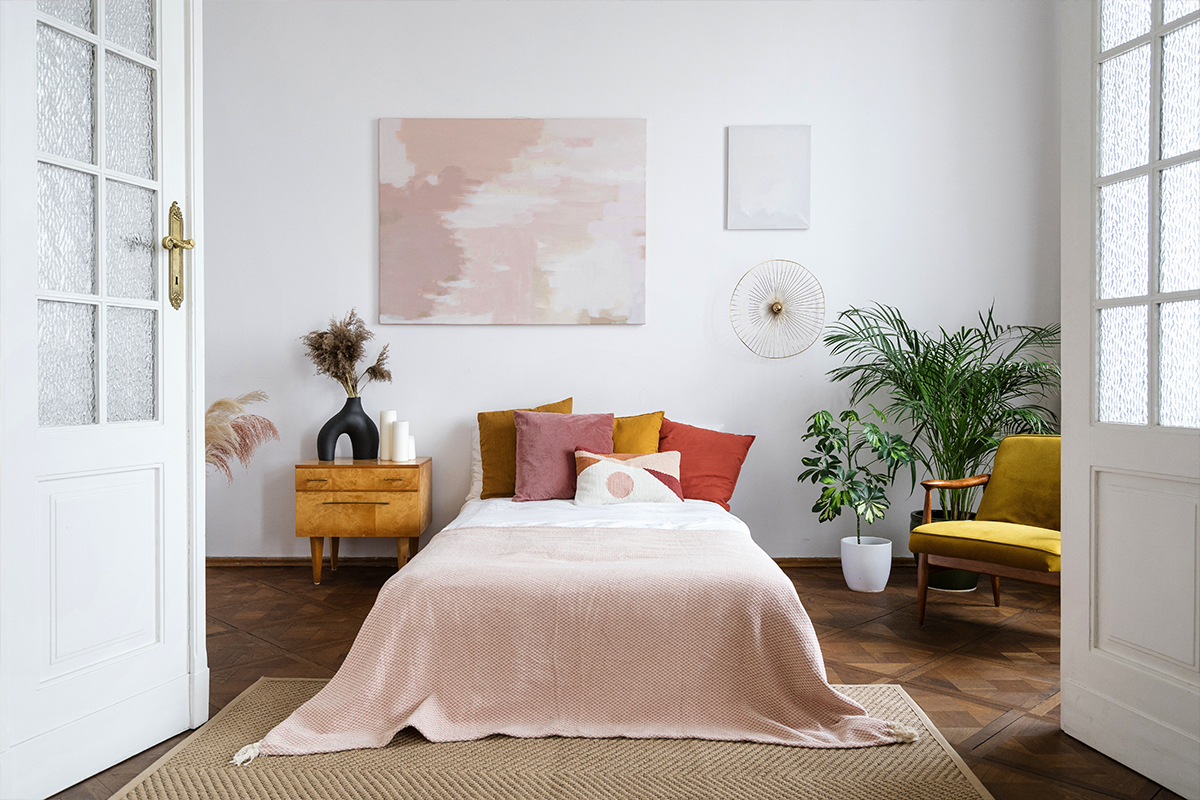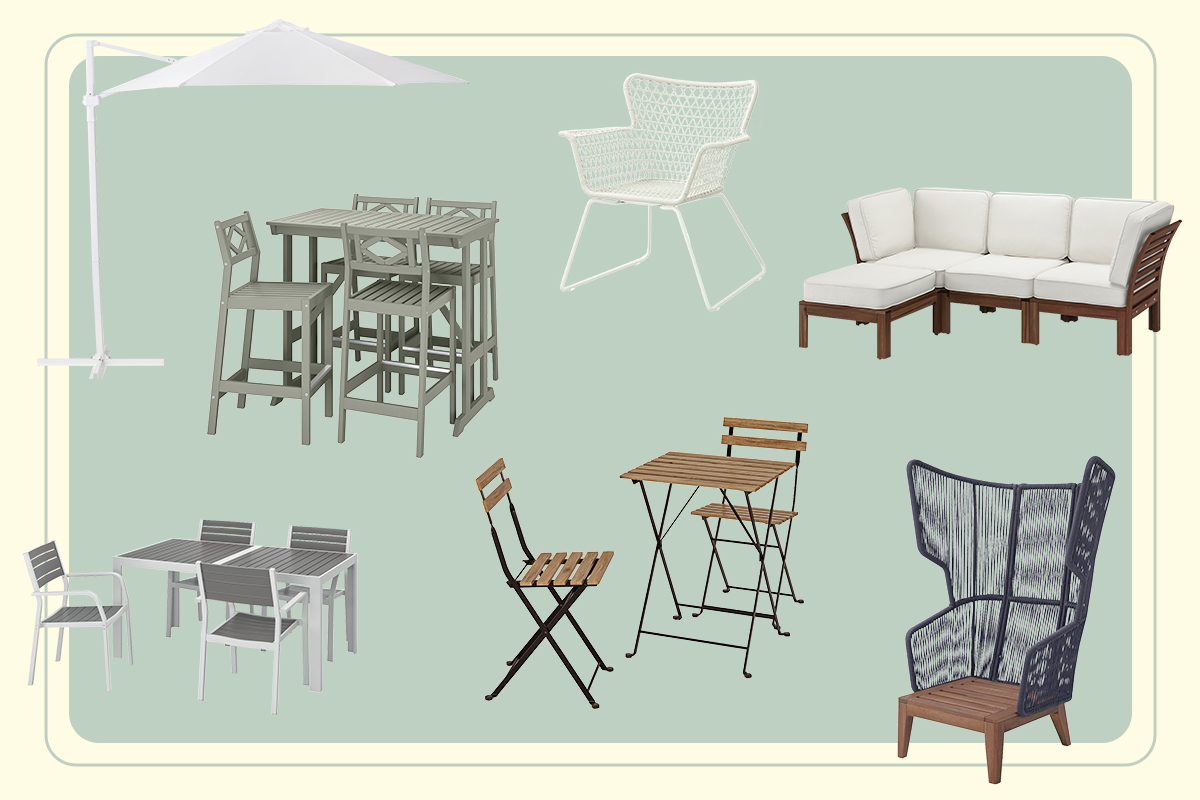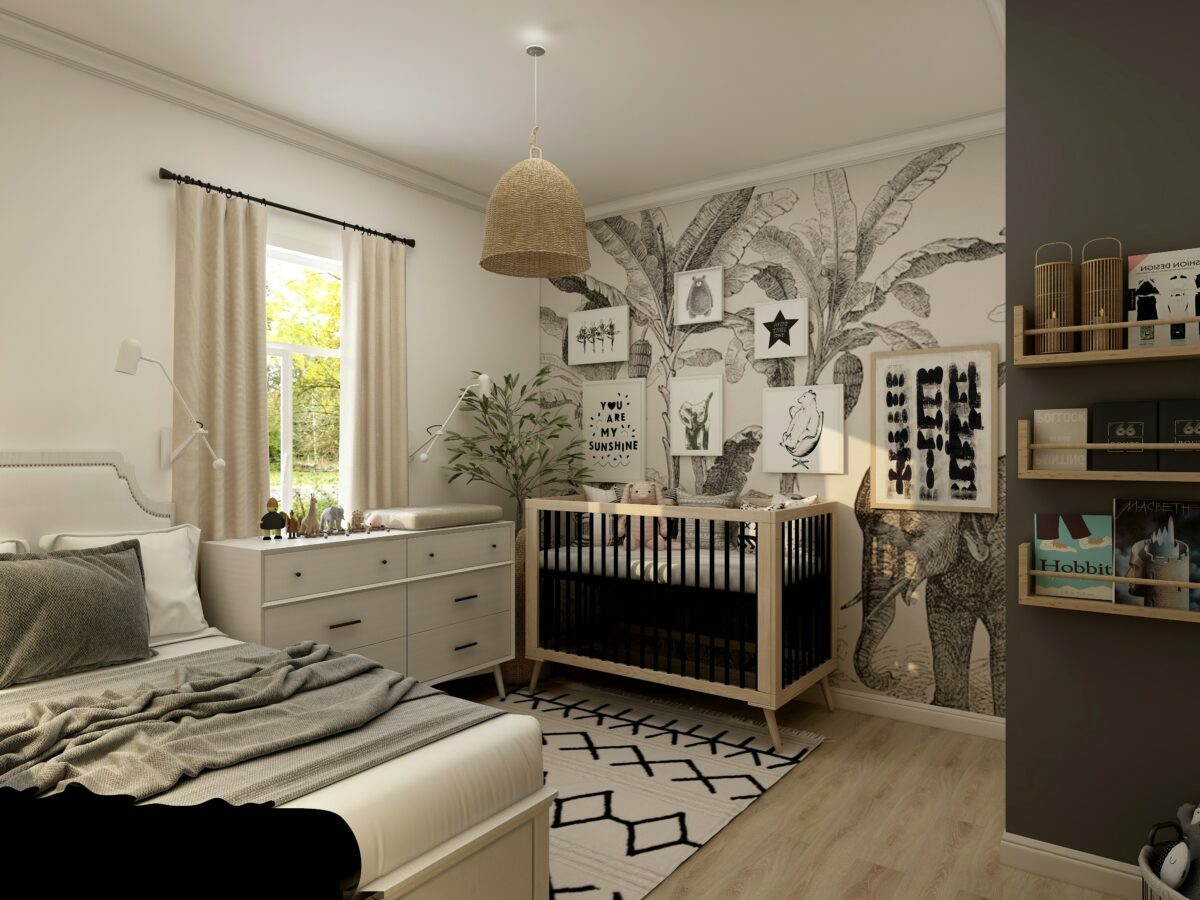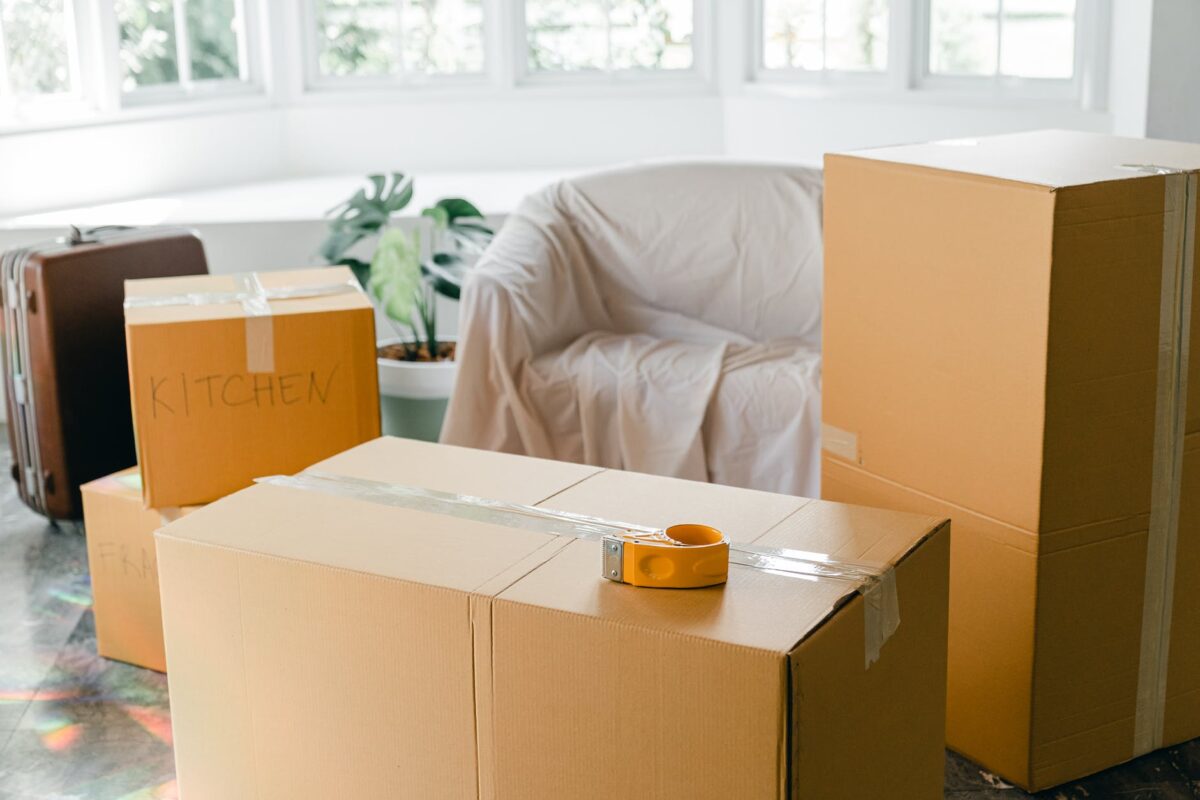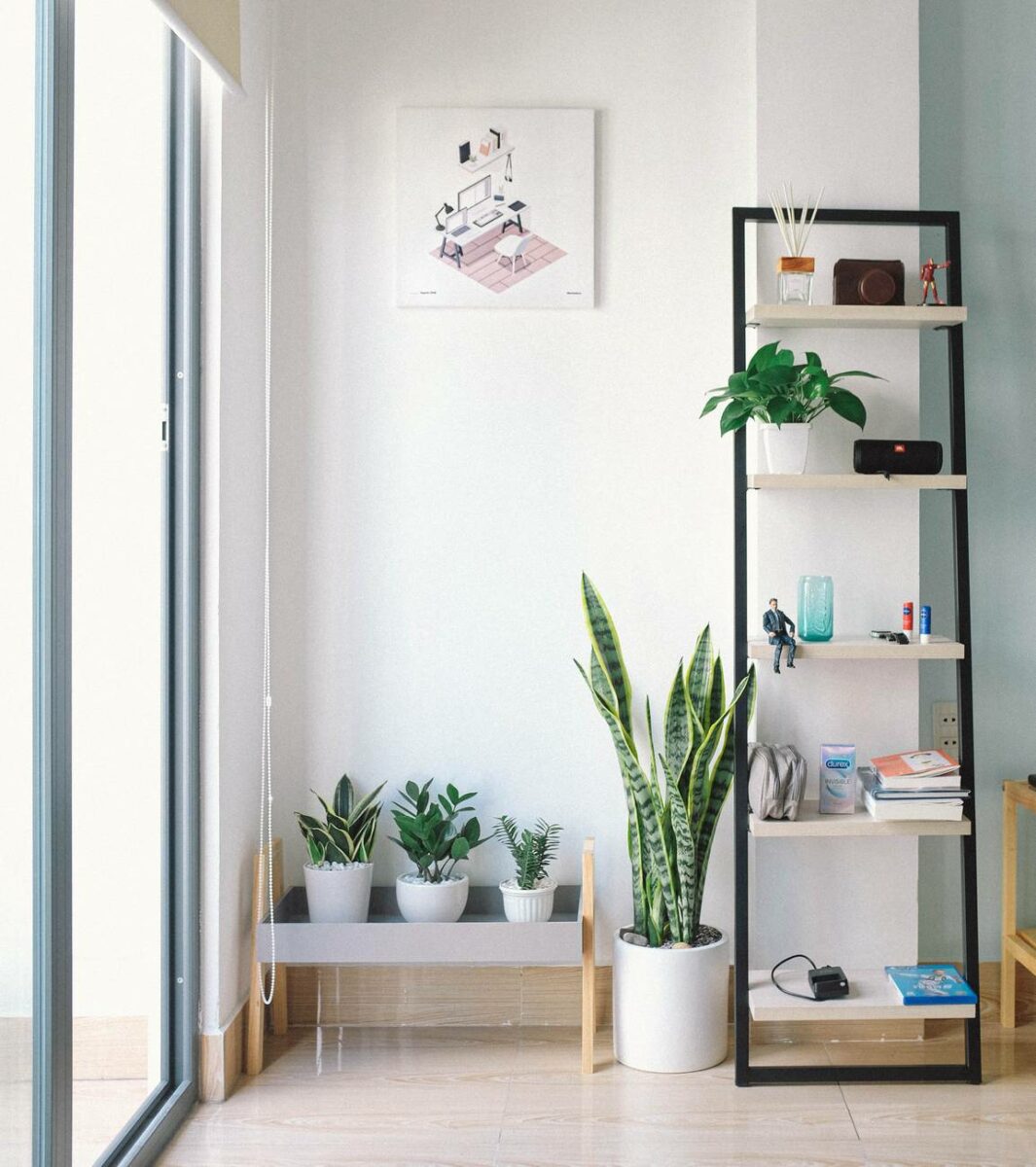Forget uniform furniture sets and embrace a bespoke environment. Let’s learn how to master the art of blending bedroom furniture effortlessly!
In this article, we’ll take a look at how to fashionably mix and match bedroom furniture based on tips from current design trends so you can walk away with fresh mix and match bedroom furniture ideas.
How to Mix Bedroom Furniture?: 5 Tips
1. Find Your Style
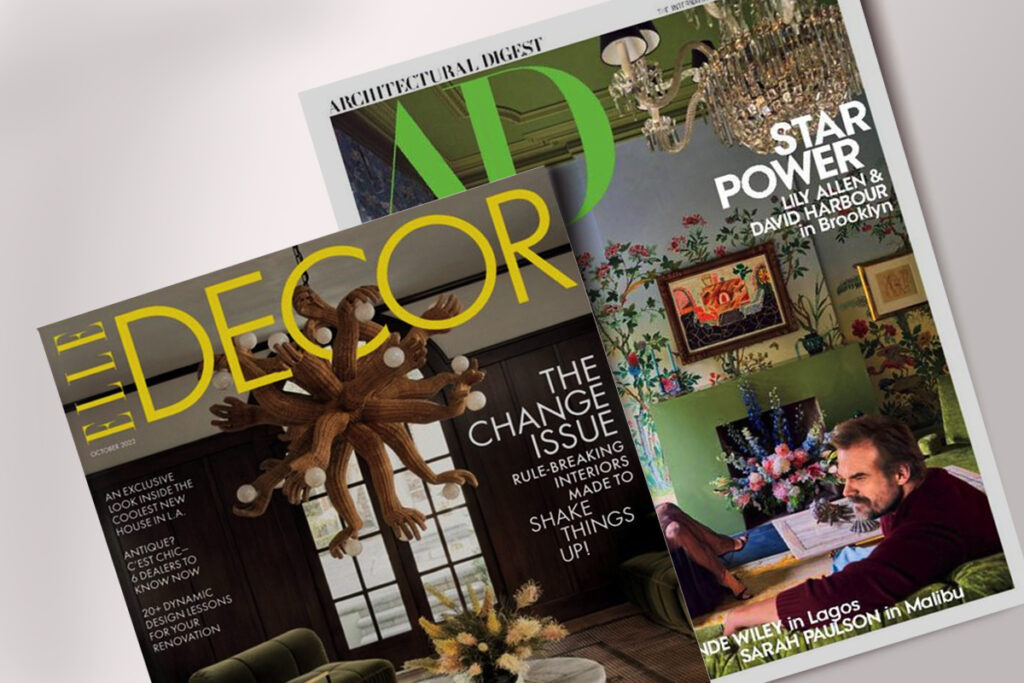
Head to Pinterest or interior design magazines to find inspiration for bedrooms that you like. Then you can dial in on what style of furniture is used in each one. Do you like contemporary, edgy, modern luxury, or French country? Once you determine which aesthetics are your favorites, you can choose one or two to mix and match.
2. Start With Your Bed
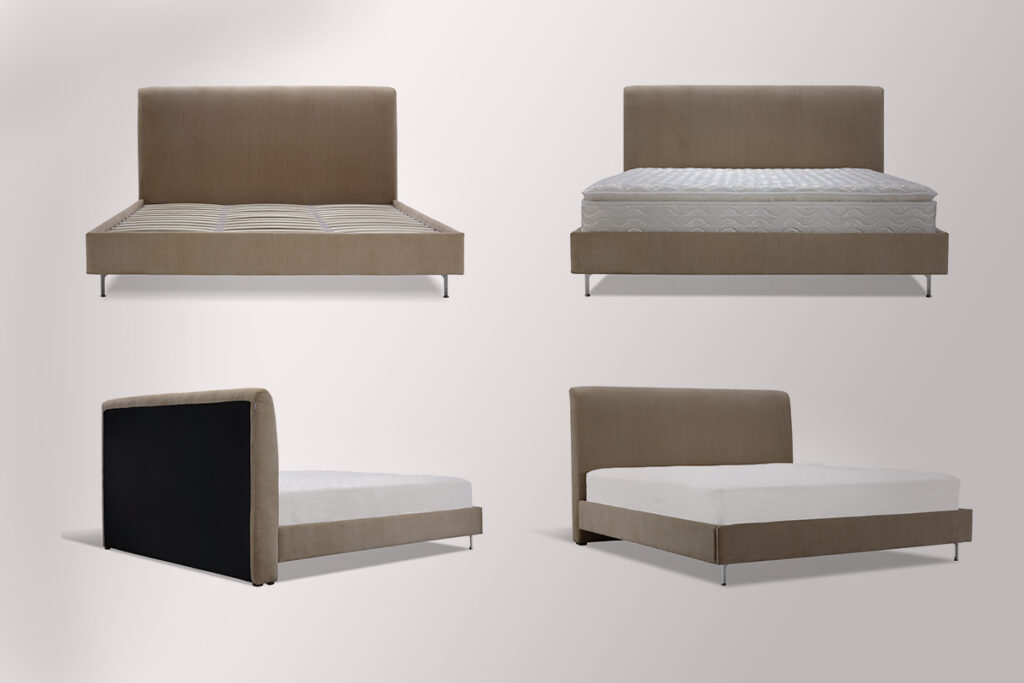
Your bed and bedframe are important because, generally, they’re the focal point of any bedroom. After you’ve invested in a bed frame that you love, you can layer in the rest of the linens and furniture to create a space that matches your own signature style. Don’t forget, if you need help with bed frame assembly, outsource to a Tasker here.
3. Mix Styles
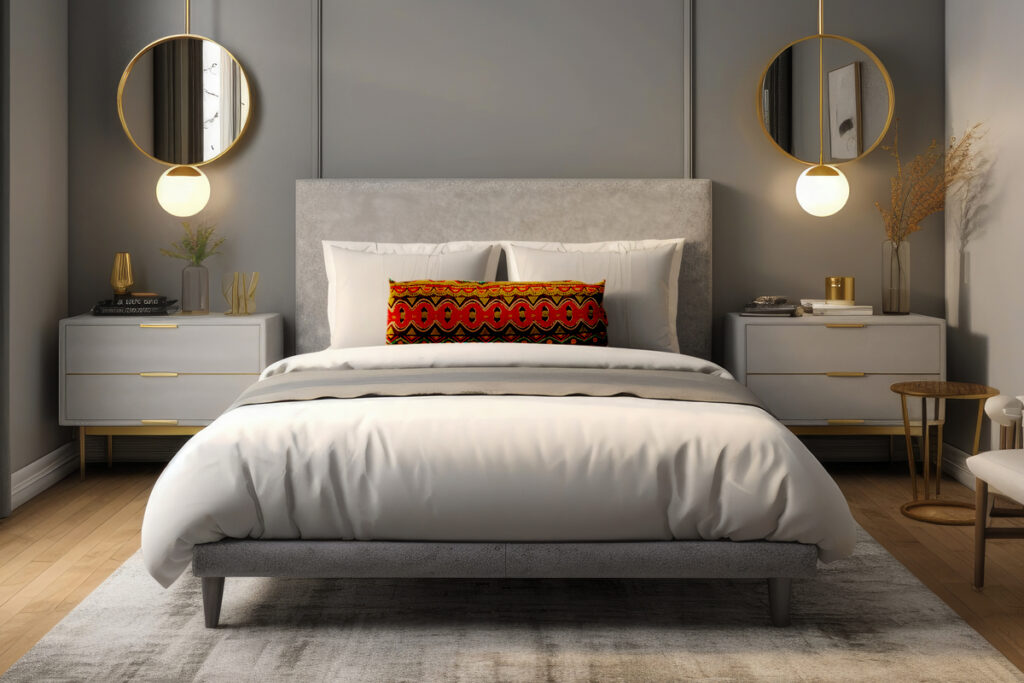
To create a signature look, don’t be afraid to mix furniture from different styles. For example, you can add bold, colorful accessories in a room with sleek, minimalist furniture for a splash of personality. Or tie together different furniture styles by adding unifying elements like similar fabrics or textures instead of investing in brand-new furniture.
4. Focus on Colors
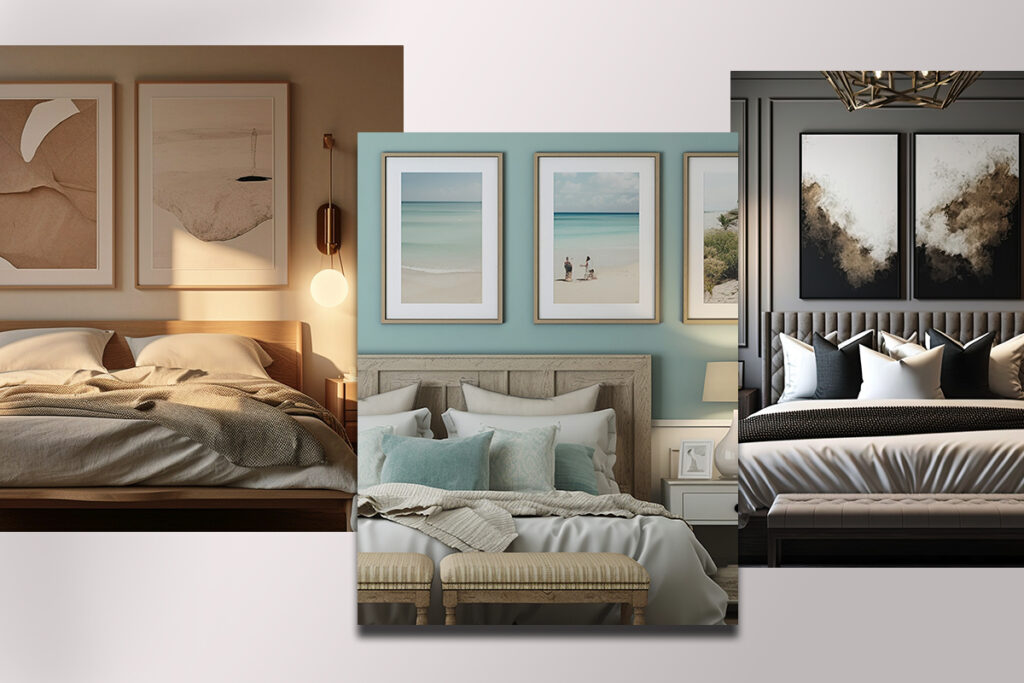
When trying to figure out how to mix bedroom furniture, it can help to have a set color palette in mind. Consider creating a color scheme around your favorite piece in the space—like the bed or a piece of artwork—and referring to it before making any new purchases. Remember, nothing has to match exactly, but it’s important to make sure there’s a cohesive overall feel to new additions.
5. Don’t Be Matchy with Materials
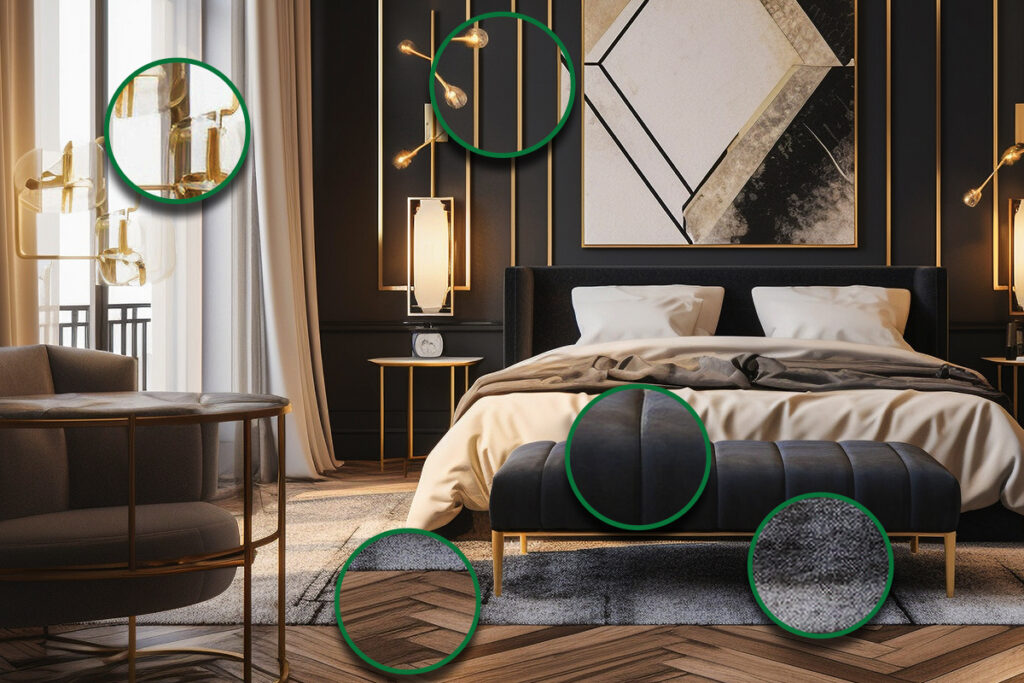
Don’t try to match patterns or materials exactly. On the contrary, combining pieces with different textures—like a shag rug and a smooth brass lamp—is easier to pull off than trying to match materials exactly. Bring in different elements like wood, metal, and glass to keep your space feeling dynamic.
Mix and Match Bedroom Furniture Ideas
Traditional and Modern Mix and Match Bedroom Furniture
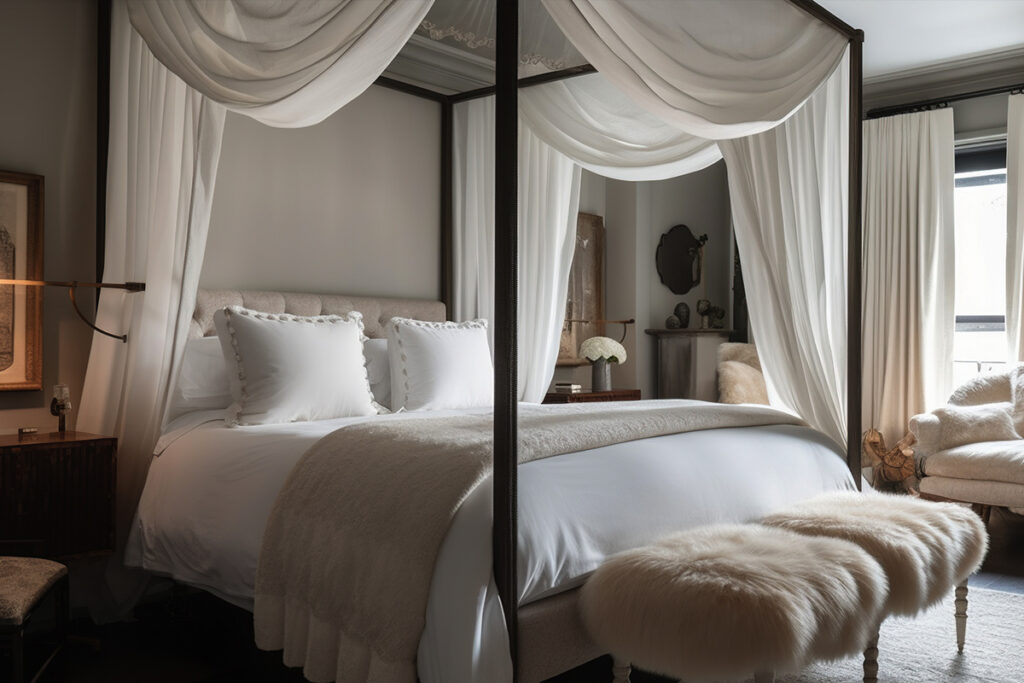
One style to try with mixing and matching furniture is a transitional style, which mixes modern and traditional pieces for a timeless and elevated look. In this example, traditional curtains and linens are paired with a modern bed frame, bedside tables, lamps, and benches for an elegant look. The neutral color palette also fits well into the transitional style.
Rectangular and Circular Shapes Furniture Mix and Match
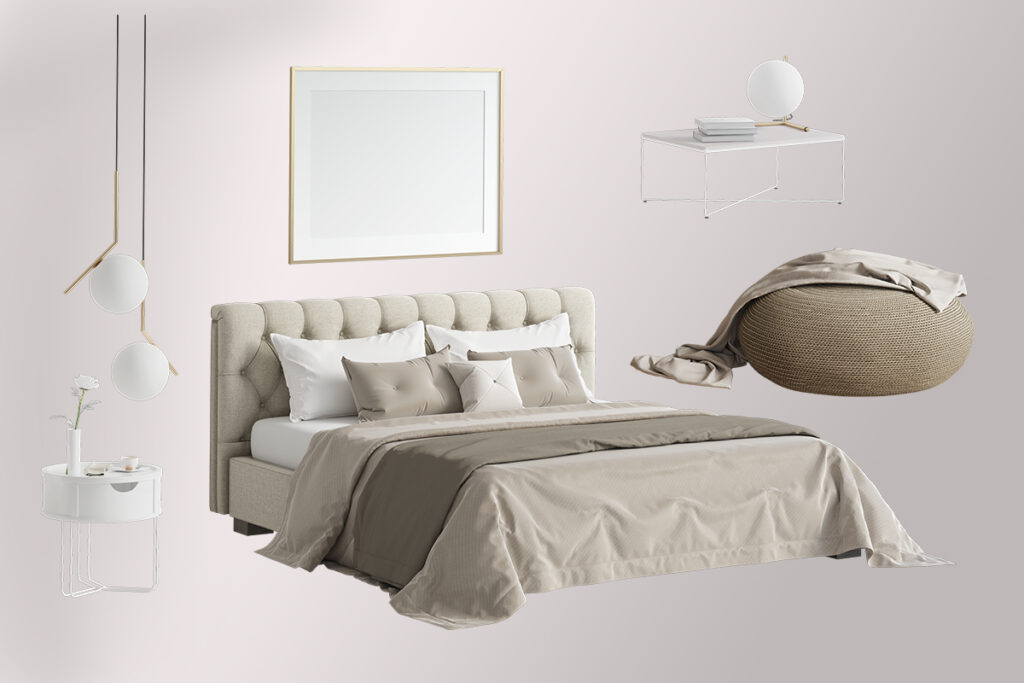
Mixing and matching shapes in your bedroom is a great way to combine styles and bring new layers into space. In this example, similarly-colored furniture of different shapes comes together to create a visually interesting starting point for a bedroom.
Monochrome
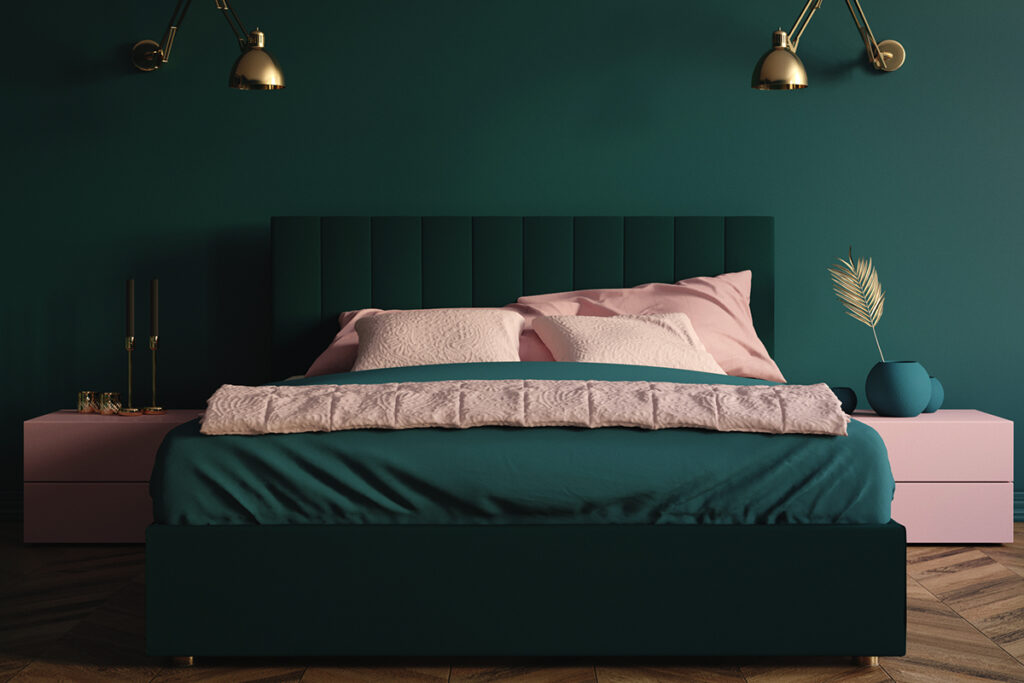
Even if you have different color furniture in your bedroom, you can tie everything together with a unifying color. Colorful bedroom sets add personality and style to a space. In this example, the bedroom is decorated in shades of green with pink accents and features gold wall sconces.
Mismatched Bedroom Furniture FAQs
Does Bedroom Furniture Have to Match?
No, bedroom furniture doesn’t have to match. In fact, mixing different styles, colors, and textures of bedroom furniture can create a more eclectic and personalized look that reflects your unique taste and style. Mismatched bedroom furniture can add depth and visual interest to the room, making it feel more dynamic and inviting!
But mismatched doesn’t mean messy. Keeping your bedroom clean will help your mix match furniture ideas come to life much more elegantly.
How Much Furniture Does a Bedroom Usually Have?
The amount of furniture in a bedroom can vary based on the size of the room, personal preferences, and functional needs. A typical bedroom often includes essential pieces such as a bed (with a mattress and bedding), a dresser or wardrobe for clothing storage, and at least one nightstand or bedside table. Additional furniture might include a desk, a chair, a vanity, a mirror, and possibly some decorative elements like shelves, a bench, or seating. Check out our Essential First Apartment Checklist to make sure you don’t miss anything. The key is to strike a balance between functionality, comfort, and aesthetics while ensuring that the room doesn’t become overcrowded.
Do Bedside Tables Have to Match the Bed?
No, bedside tables do not have to match the bed—or even each other! While matching bedside tables can create a cohesive and coordinated look, opting for non-matching tables can introduce a touch of creativity and uniqueness to the space. Consider choosing bedside tables that complement the overall style and color scheme of the room while adding variety and character.
How Do You Mix Dark and Light Bedroom Furniture?
Mixing different color furniture in a bedroom can create a visually appealing and balanced contrast in your space. To successfully combine dark and light furniture, focus on a color palette for the rest of the room that harmonizes with both dark and light furniture. This could involve neutral tones like whites, grays, or creams as a bridge between the two furniture types.
Then distribute the dark and light furniture pieces evenly throughout the room to achieve balance and incorporate textures and materials that further tie the room together.
Last updated on April 23, 2025 by Boris Zahariev

